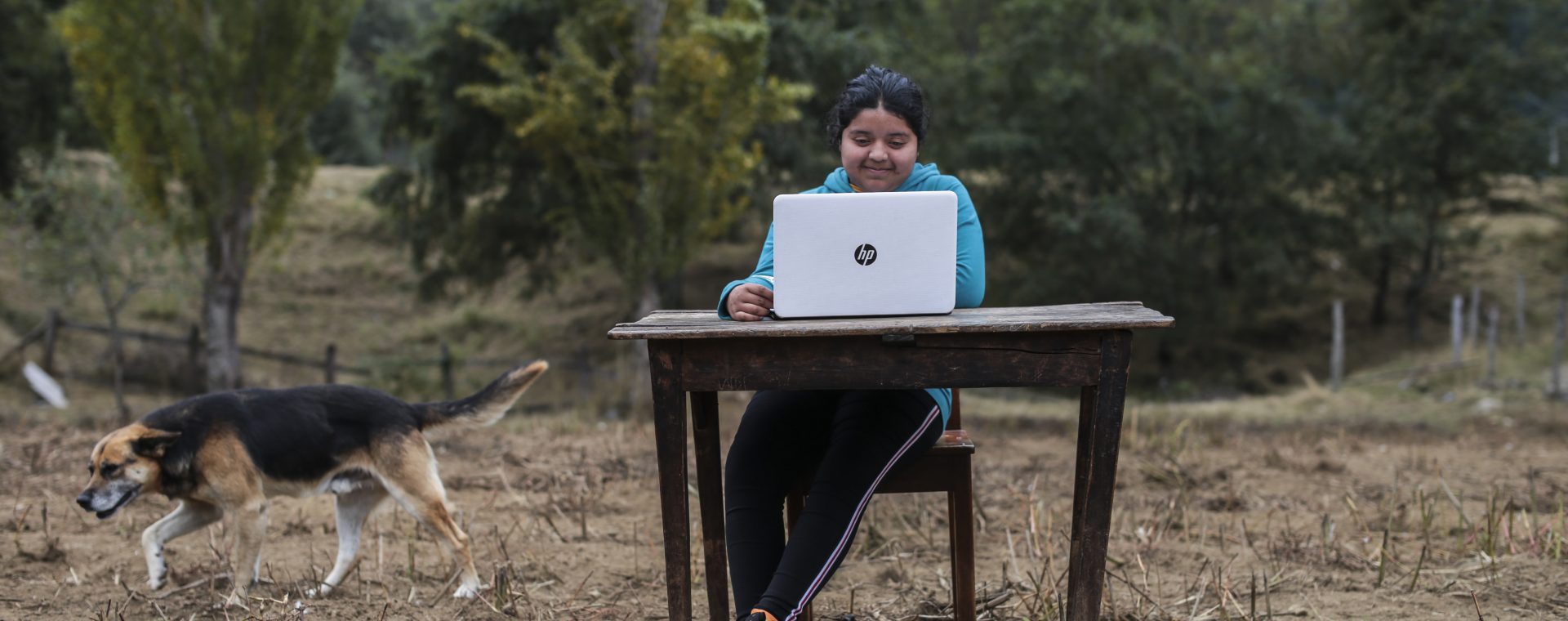
Schools’ closures during the COVID crisis mobilized hundreds of leaders and organizations in Latin America, to come up with efficient, agile, and low-cost solutions for millions of children and the young population. At the beginning of the pandemic, we decided to strengthen an ecosystem of pioneering organizations working in underprivileged areas with highly effective and proven methods that can be easily scaled in a region with limited resources. AprendoEnCasa.org ecosystem emerged as a very simple and low-cost digital solution, but also as a highly collaborative and permeable one, that is free of charge and completely in Spanish. This ecosystem identifies, selects, and shares top innovations in order to reverse learning inequalities, like the ones from Atentamente in Mexico to address socio-emotional learning, or the learning strategies of Educando Juntos in Chile with concrete ideas on how to keep student´s feedback, or the activities from Museo Moderno in Argentina to improve creativity and critical thinking.
This ecosystem was co-designed in collaboration with 70 leading educational organizations from a broad range of innovative areas, including museums, STEAM, educational improvement, psychology, entrepreneurship, technology, SEL, music, etc., representing seven countries of Latin America. It is developed by the Reimagina Foundation with the support of the Harvard David Rockefeller Center for Latin American Studies (DRCLAS-Harvard) and the BHP Foundation. In less than a year and a half this new model of radical and horizontal collaboration has started to impact more than 560,000 teachers, mainly from public schools in Latin America.
A common roadmap to impact 21st-century education
From the very beginning, we have been working to bring together and connect the emerging efforts of different countries and organizations, avoiding the duplication of resources (especially for a region with limited resources and supports). For example, we identified that most of the organizations had a strong component of teacher training in learning methodologies, but very few had developed strategies for hybrid contexts. Using the platform, we were able to map these solutions and make them available for the areas most in need. For example, some of the strategies of Plan Ceibal in Uruguay or educarchile in Chile, were published on the platform and shared through a series of workshops and filmed practices for teachers working in underprivileged conditions.
Bringing together a group of leading organizations and institutions requires a strong common vision. To achieve that, we started a process with McKinsey and Ashoka, to identify the main strategic objectives that are broadly shared by these organizations. These are the connecting points, the areas where we can build on, in our present and future efforts. It’s the glue that sticks different approaches, areas of impact and solutions together, to promote the skill set needed for 21st-century education. For example, 90% of the participating organizations offer tools, practices, and visions to accelerate and transform education in students, teachers, and families: 82% prepare children and youngsters to fully integrate and participate in the 21st-century society, and 83% seek to be part of an exchange and collaboration community that democratizes 21st-century educational opportunities in Latin America.
Evidence and data to find opportunities and identify current gaps
Another strategic decision we took, was finding and identifying specific areas for synergy inside the ecosystem. For example, 94% of organizations offer alternative training and professional development for teachers, 97% have high-quality digital educational resources, and 90% declare that they develop programs to strengthen 21st-century skills. All this information and data has allowed us to align our solutions and share more than 600 high-quality digital educational resources and activities. Moreover, this is providing us with information about where we must increase our investments or double our efforts. This learning ecosystem approach uses technology to collect and share data, supports the improvement of initiatives that are under-resourced, and might favor replication in locations with the most need.
Concentrate efforts on common priorities
Another important challenge has been aligning partner organizations with the concrete priorities they want to address to transform education. This strategic exercise provides us with the right level of articulation and the relevance that each organization is aiming for, beyond their own area of action. Some of the priorities that are defining our road map and action plan are, for example, preparing educators for the 21st century, generating more evidence and information regarding what works in the educational field, promoting innovative pedagogies, closing digital gaps, evaluating the needs of students in a deeper and better way, guaranteeing support for social and emotional learning, and promoting a more adequate and equitable school funding.
With these priorities as its guiding star, AprendoEnCasa can work as a living laboratory, collecting evidence, practices, field data (where organizations operate) and translating them into new educational solutions. For example, together we defined the priority of supporting teachers in new and hybrid methodologies, and that resulted in a series of workshops and professional development experiences (more than 15 during the year), impacting more than 4,800 public school teachers and principals. These experiences were co-designed and co implemented with members of the ecosystem, with a common framework and pedagogical vision, becoming a new way to jointly scale solutions and proven practices.
Scaling alongside governments
AprendoEnCasa.org is an open, cross-disciplinary, and effective collaborative initiative that also supports governments in the region. We are working permanently to share successful strategies and innovations that can shape classroom practices in different areas of our diverse continent. We understand that in order to scale and have a greater impact, we need to collaborate and synergize with public institutions. During this time, we have collaborated with Ministries of education (Ecuador, Chile, Paraguay, Colombia) as well as public entities in Argentina and Uruguay. Some of the lessons learned from this collaborative effort point to the idea that the learning ecosystem is more likely to effectively engage stakeholder that has the capillarity to change the lives of the most vulnerable learners.


